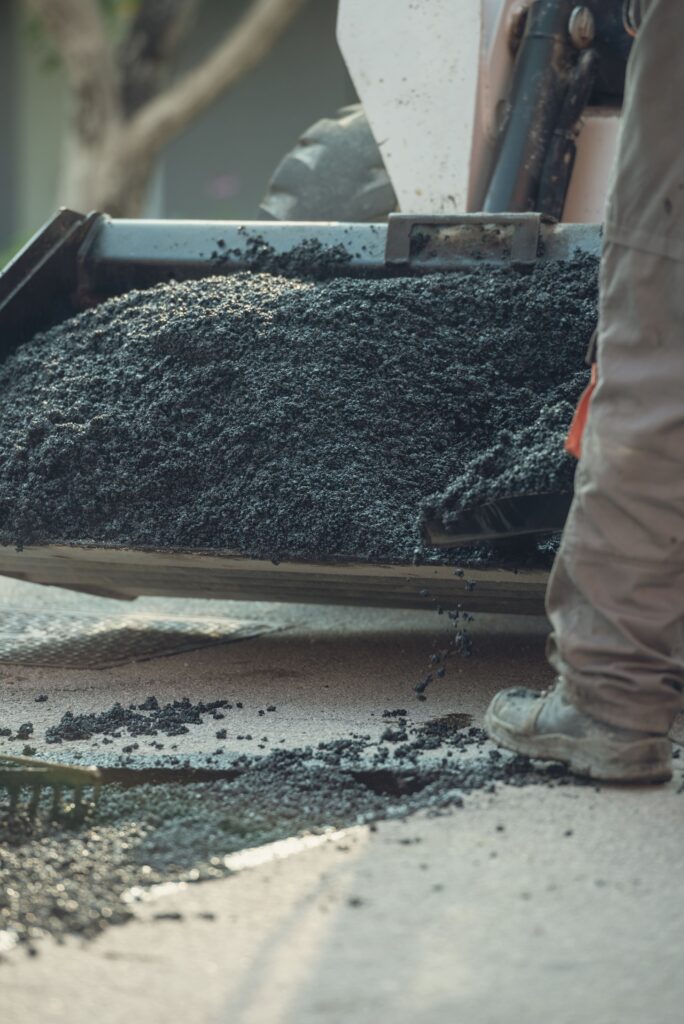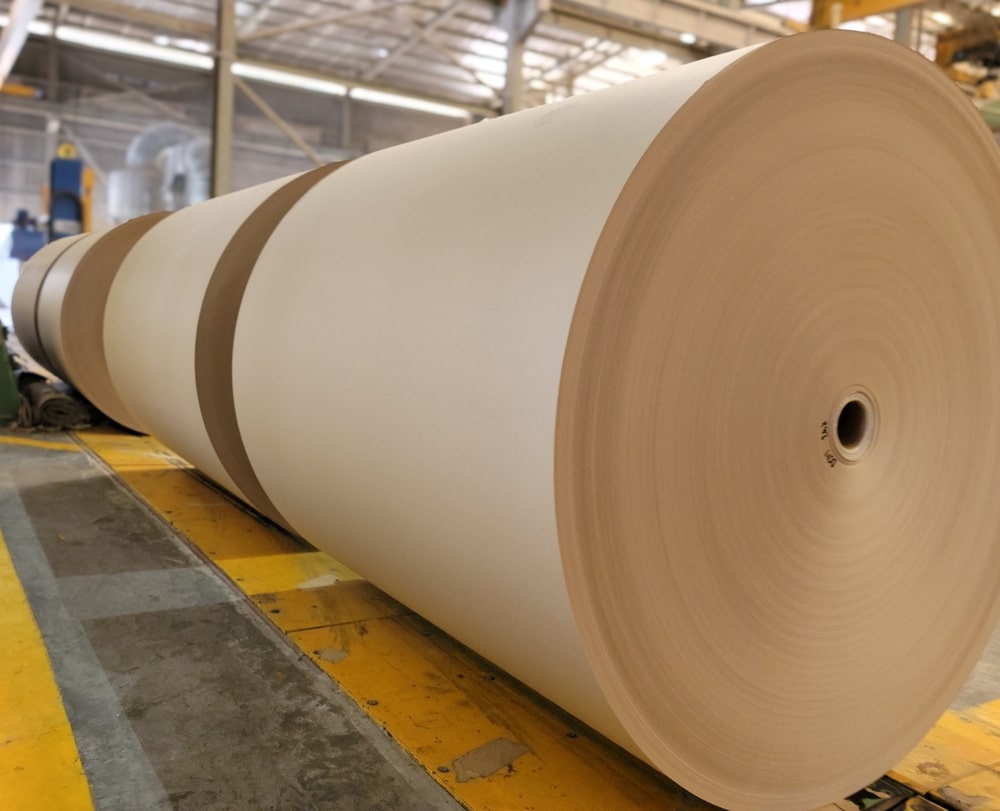Table of Contents
Air-Entraining Admixtures in durability of concrete is a major concern in the construction industry, especially in areas subject to snow and ice cycles. To reduce the possibility of damage, airborne admixtures play as important a role as the unsung heroes of concrete production. These additives, create many small bubbles in the concrete, protecting it from the damaging forces of ice formation and thawing but to understand their properties, benefits and proper use which is necessary to ensure the durability and structural integrity of the concrete
Air-entraining admixtures in details
Air-entraining admixtures are like laundry detergents. They produce millions of very small bubbles in concrete (0.01 to 1.0 mm in diameter), which then protect concrete from damage in freezing and thawing. The tiny air bubbles produced from air-entraining admixtures do not fill up with water. And, because these tiny bubbles are very close together (0.25 mm or less), they provide a place for the water to go when it expands and therefore, protects the concrete from damage. Air-entraining admixtures are essential in order to prevent deicer scaling because when the water in non-air entrained concrete freezes, it expands and generates very high pressures that cause cracking and scaling.
As fresh concrete is mixed, some air bubbles from 1.6 to 9.5 mm or larger are trapped between aggregate particles. These bubbles are called “entrapped air” and do not help concrete withstand freezing and thawing like the microscopic bubbles from air- entraining admixtures. Proper vibration and consolidation will remove most of the entrapped air. Measured air content of concrete includes both type of air.
Entrained air will increase the slump and improve the workability of concrete. It reduces segregation. Entrained air also slightly improves the finishing characteristics of fresh concrete. The concrete will be easier to smooth with a float or a trowel. Most masons will request entrained air for this reason. Entrained air bubbles block the water passageways in fresh concrete and slow the rate of bleeding. Adding entrained air has the net effect of reducing the required amount of mixing water.
In low-strength concretes, with low cement factors, adding air will increase strength slightly because of this water reducing effect; however, adding entrained air to plain concretes with strengths of 35 MPa or more will decrease the ultimate strength of the concrete. The generally accepted rule is that 1% of air will reduce the strength by approximately 5%.
Interior concretes that are not subject to freezing and thawing cycles do not need to be air-entrained. If interior concrete flatwork will be exposed to freeze-thaw cycles during the construction process, it should be air-entrained, unless a hard trowelled finish or dry-shake floor topping will be applied. Air should always be avoided (or reduced) with hard trowelled finishes and with dry shakes, as delaminations frequently result.
Air-entraining admixtures are usually made from salts from wood oils or resin, natural resins, or synthetic detergents. Entrained air is formed through the mixing action in the plant or truck mixer. The older type of air entraining admixture were neutralized vinsol resin. As those products faced a problem with availability new formulations were developed that performed differently. Typically, the vinsol resin based products form an entrained system in relatively short mixing cycles and is primarily used in paving plants where concrete is transported in dump trucks. The newer admixtures, frequently called “synthetic AEA”, need more mixing and form a finer and more stable air void system.
Usually enough air-entraining admixtures are added to give the concrete 5 to 8% of air by volume. When materials or conditions reduce the air content, the air entraining admixture dosage should be increased. When choosing the product and the dosage rate of the air-entraining admixture the concrete producer should consider the effect of continued mixing and delivery time. The air temperature, and temperature of the materials used to make concrete, will affect the amount of air-entraining admixture required. To produce the same air content, more air-entraining admixture is needed in the summer than in the winter.
The amount and characteristics of cement will affect the amount of air-entraining admixtures required. The type and gradation of the aggregates used will also affect the dosage of air-entraining agent. Lastly, the other admixtures in the concrete must be considered when determining the dosage of air- entraining admixture. For these reasons, air entrained concrete requires frequent checks to obtain proper air levels.
Air-entraining admixtures should comply with ASTM C-260, “Standard Specification for Air-Entraining Admixtures for Concrete.”

Advantages of entrained air in concrete
- Necessary for freeze/thaw durability
- Increase yield
- Improved workability and pumpability
- Reduced segregation and bleeding
- Reduced permeability
- Improved finishing with harsh sands.
Disadvantage of adding Air-Entraining Admixtures
- Strength of concrete is reduced as air content increases. Increasing air by one percent may decrease strength by approximately 5% of the strength.
Air content of plastic concrete is measured by the pressure method, ASTM C 231 or the volumetric method, ASTM C 173. It can also be calculated from the unit weight or density of concrete is measured if the weights of the mixture ingredients are known. This calculation of the gravimetric air content is described in ASTM C 138. Another method to check air content is the use of a Chance indicator on the mortar fraction. This method is only a quick check and should not be used to reject a load of concrete.
ASTM C 457 is the Standard Test Method for Microscopical Determination of Parameters of the Air-Void System in Hardened Concrete. This test method describes procedures for microscopical determination of the air content of hardened concrete and of the specific surface, void system in hardened concrete. There are two procedures in this ASTM C-457; the linear-traverse method and the modified point- count method.
Factors Affecting Air Content of Concrete
Air content in fresh concrete is affected by the properties of the concrete ingredients. However, the assessment of the effects of individual concrete ingredients on the entrainment of air in fresh concrete is extremely difficult. The possible alternative is to evaluate the effects of some properties of the ingredients.
- Alkali content of cement
- Cement fineness
- Cement content
- Fly Ash
- Ground Granulated Blast Furnace Slag
- Silica fume
- Maximum aggregates size
- Sand-to-total aggregate ratio
- Sand Grading
- Water-cement ratio
- Mixing water
- Water reducing and retarding admixtures
- Accelerator admixture
- High range water reducer admixture
Final thoughts
In conclusion, using air-entraining admixtures is essential for the long-term strength and resilience of concrete structures, particularly in areas prone to freezing and thawing. By incorporating these additives and understanding their function, construction professionals can shield their structures from weather-related damage and boost their durability. We should emphasize longevity in our construction efforts to build a future that withstands the test of time.




